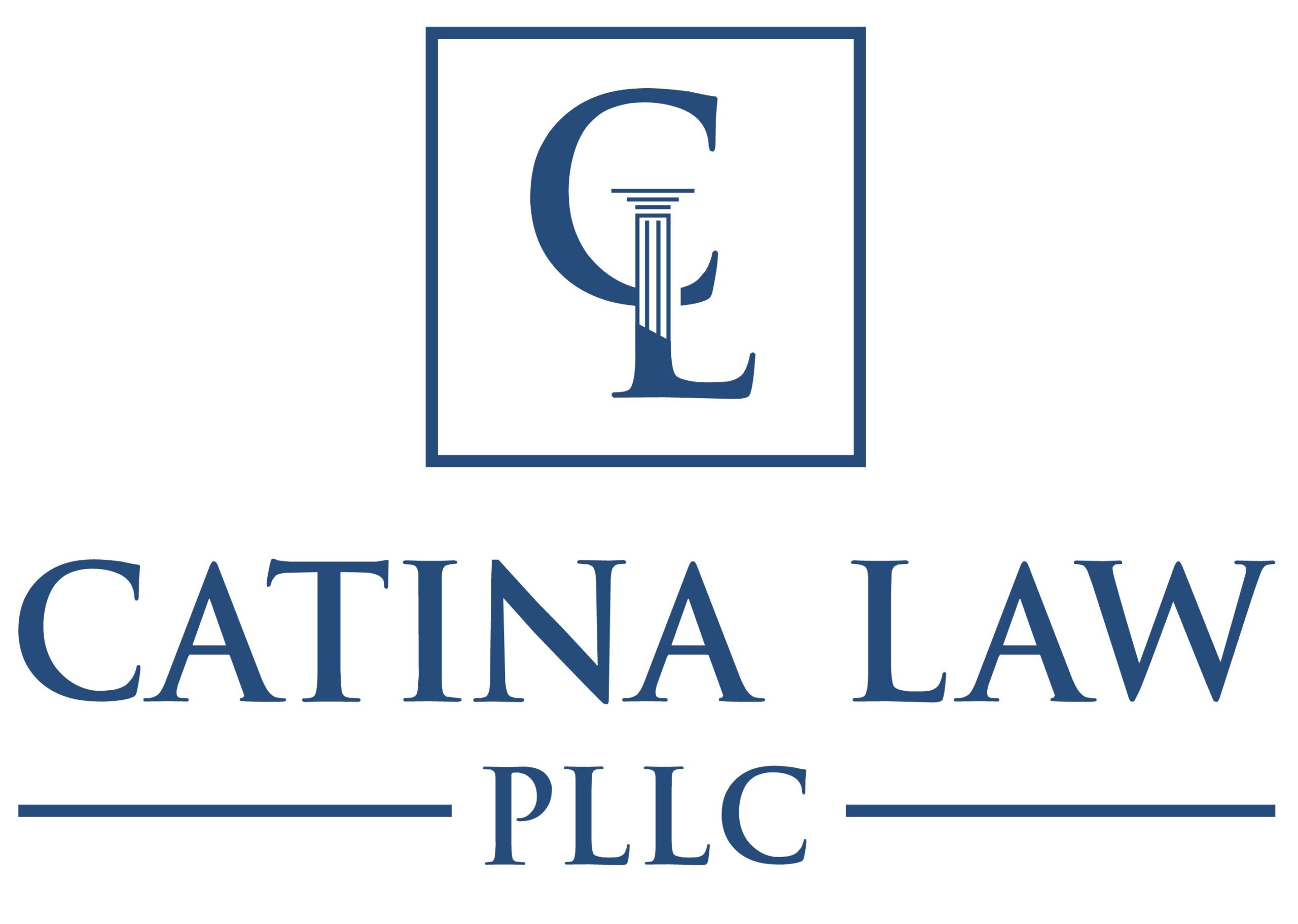An easement grants a non-owner the right to use or access another person’s property for a specific purpose. This agreement allows for a limited use of the property without transferring ownership. The property that benefits from the easement is known as the dominant estate, while the property that serves the easement (i.e., the property over which passage must be taken) is known as the servient estate. Easements can be created for various reasons, such as allowing access to a landlocked property, utilities, or specific rights of way. When a property is redeveloped and subdivided into smaller lots, an easement may be necessary in order for utilities to be brought to certain areas of the development or for one property owner to gain access to their property which would otherwise remain land-locked.
In order to enforce an easement, there should be an easement agreement, recorded within the County in which the property is located, and it should contain certain key elements, such as the following:
- Description of the Easement: A clear definition of the location and boundaries of the easement area should ensure that the owners of property subject to the easement are fully aware of the location of the easement. A legal description of the properties involved should be included to ensure clarity and accuracy.
- Purpose of the Easement and Access Rights: The parties should specify the reason for the easement, such as access, utilities, drainage, or other specific uses, so that the dominant estate is not using the easement contrary to its purpose. A common example of misuse is where an easement exists from ingress and egress only, and the owner of the dominant estate attempts to extend its usage of the easement to parking within the easement bounds. This would be in direct contravention to the stated purpose of the easement, and thus prohibited. The agreement should thus clarify the extent of the access rights granted by the easement, including any limitations on the type and frequency of use.
- Duration: The parties should agree to the duration of the easement, whether it’s temporary or permanent. Permanent easements may be created through an express grant or established through continuous use (prescriptive easement).
- Compensation and Maintenance Responsibilities: The agreement should specifiy whether any compensation, such as annual payments, is required for the use of the easement, and what, if any, are the responsibilities of the parties for maintaining the easement area, including any costs associated with upkeep.
- Termination: If the easement is temporary, the parties should agree to the conditions under which the easement can be terminated, such as a specific event or mutual agreement. If the owner of one of the properties purchases the other property subject to the easement, this could also terminate the easement in certain situations.
It’s essential to draft easement agreements carefully, and parties involved should seek legal advice to ensure that the agreement accurately reflects their intentions and complies with New York state laws. Additionally, easement agreements may need to be recorded with the appropriate county or municipal office to be legally enforceable against third parties.
Disclaimer: The information contained in this post is not, nor is it intended to be, legal advice. You should consult an attorney for advice regarding your individual situation. We invite you to contact us and welcome your calls and communications. Contacting us, however, does not create an attorney-client relationship.
